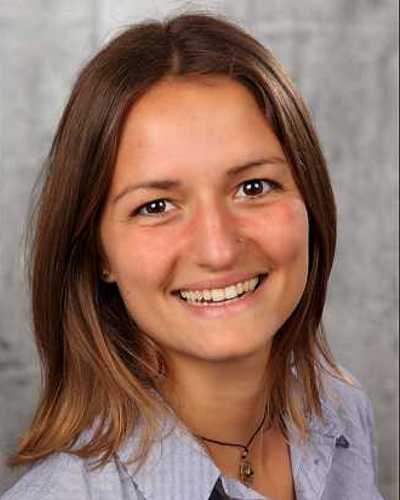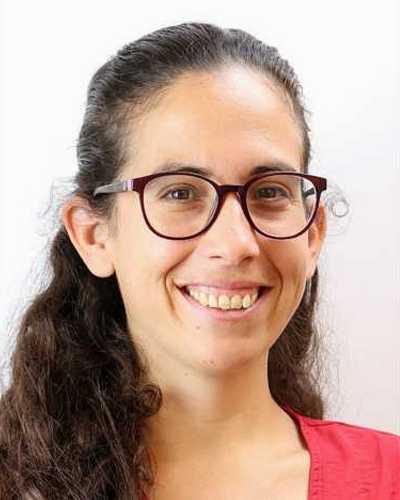Abstract
Introduction: Medical deserts are increasingly considered problematic and many countries employ a multitude of actions and initiatives to achieve a better distribution of the health workforce (HWF). This study systematically maps research and provides an overview of the definitions/characteristics of medical deserts. It also identifies contributing factors and approaches to mitigate medical deserts.
Methods: Embase, MEDLINE, CINAHL, Web of Science Core Collection, Google Scholar and The Cochrane Library were searched from inception to May 2021. Studies reporting primary research on definitions, characteristics, contributing factors and approaches to mitigate medical deserts were included. Two independent reviewers assessed studies for eligibility, extracted data and clustered studies.
Results: Two-hundred and forty studies were included (49% Australia/New Zealand, 43% North America, 8% Europe). All used observational designs except for five quasi-experimental studies. Studies provided definitions (n=160), characteristics (n=71), contributing/associated factors (n=113), and approaches to mitigate medical deserts (n=94). Most medical deserts were defined by the density of the population in an area. Contributing/associated factors consisted in sociodemographic/characteristics of HWF (n=70), work-related factors (n=43) and lifestyle conditions (n=34). Approaches focused on training adapted to the scope of rural practice (n=79), HWF distribution (n=3), support and infrastructure (n=6) and innovative models of care (n=7).
Discussion: Our study provides the first scoping review on definitions, characteristics, contributing/associated factors and approaches to mitigate medical deserts. We identified gaps such as the scarcity of longitudinal studies to investigate factors contributing to medical deserts, and interventional studies to evaluate the effectiveness of approaches to mitigate medical deserts.
You might also be interested in:
2020 - Can neonatal pneumothorax be successfully managed in regional Australia?
2011 - Exploring the role of social capital in supporting a regional medical education campus



